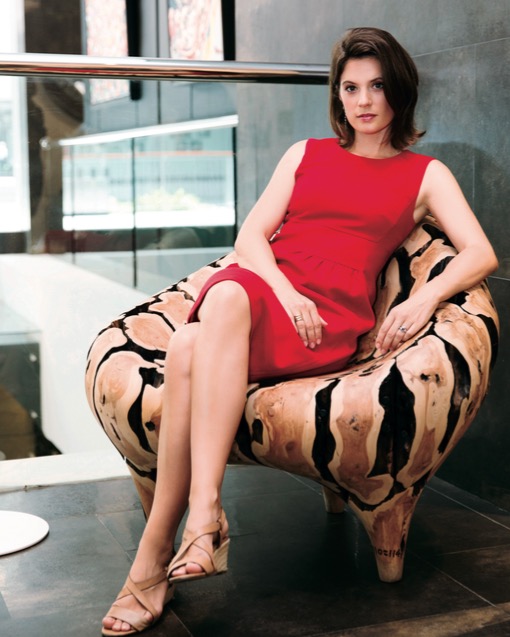
I spend a large amount of time in art museums. Whenever I visit new cities, the museum tends to be the first port of call. In cities I know well and love, the great museums – such as the National Gallery in London – become second homes and I pass hours getting to know works I haven’t met before, or luxuriating with old friends, discovering new nuances of character. In these spaces, I know what to expect – paintings, sculpture, installation or video art, presented in a beautiful and reverential way. Occasionally you find tour groups standing in front of the work discussing it; sometimes ropes cordon the viewer from getting too close; sometimes the work is interactive and you are encouraged to participate with it; sometimes it is behind glass or within a frame; sometimes you can walk around it and view it from every angle. But invariably there is an object as a focal point with which we are supposed to interact.
One of the most impactful personal moments with art museums happened a couple of weeks ago. It was not in Paris, New York or Florence as one might expect, but on the tiny island of Teshima, in the Seto Inland Sea of Japan. The Teshima Art Museum is part of a collective called the Benesse Art Site Naoshima. On the nearby island of Naoshima, this collective showcases world class art by Monet, Giacometti, David Hockney, Basquiat, Anthony Caro, Cy Twombly, Richard Long, Walter de Maria, Antony Gormley, Yayoi Kusama, James Turrell and many more, in sublimely designed buildings by Tadao Ando and in beautiful natural spaces across the island. On a quiet island, just an hour’s boat journey from Naoshima, the Teshima Art Museum is designed by architect Ryue Nishizawa, and is discreetly submerged within a hill overlooking the Seto Inland Sea.
Looking forward to seeing the art inside, we made the slow, beautiful pilgrimage from the ticket office along a twisting path that leads you through a bosky wood, past a sighting of the village down on the shoreline below, and to the entrance of the museum, where you are asked to remove your shoes before entering. Reverentially walking in, as if into a Shinto shrine or Buddhist temple, it became immediately clear this was not the kind of museum that I have spent the past two decades of my life experiencing. This was something wildly – sublimely – different. The building aims to resemble a water droplet at the moment of landing. As we entered, we encountered a vast open space, with two oval openings in the shell allowing the sun, rain, wind and indeed birds, insects and leaves, into the space. Where was the art? Discreet to the point of invisibility, there was a single minimalist site-specific installation by sculptor Rei Naito: tiny droplets of water would rise up from the natural springs below through mini holes in the ground to form lakes of water, constantly shifting and moving, guided by the wind that enters the space. But beyond this, there was nothing hanging on the wall, no sculptures on the floor – no objects at all to worship and commune with. Just a seemingly limitless and utterly tranquil spherical space within which we could consider the natural world around us and its astonishing potential for harmony with architecture.
The day we were there, the sun beat through the oval openings, casting Pantheon-like discs of light on the ground below. I long to go back and visit the building when there is a howling gale outside, or a thunderstorm and vertical rain. The place changes according to the light and weather – but I suspect it will always generate feelings of surprise, harmony and profundity. Never again will I go into a museum and assume I know what is coming. The Teshima Art Museum has stripped me of these expectations and forced me to consider museum design afresh. It could not be a more exciting position to be in.





